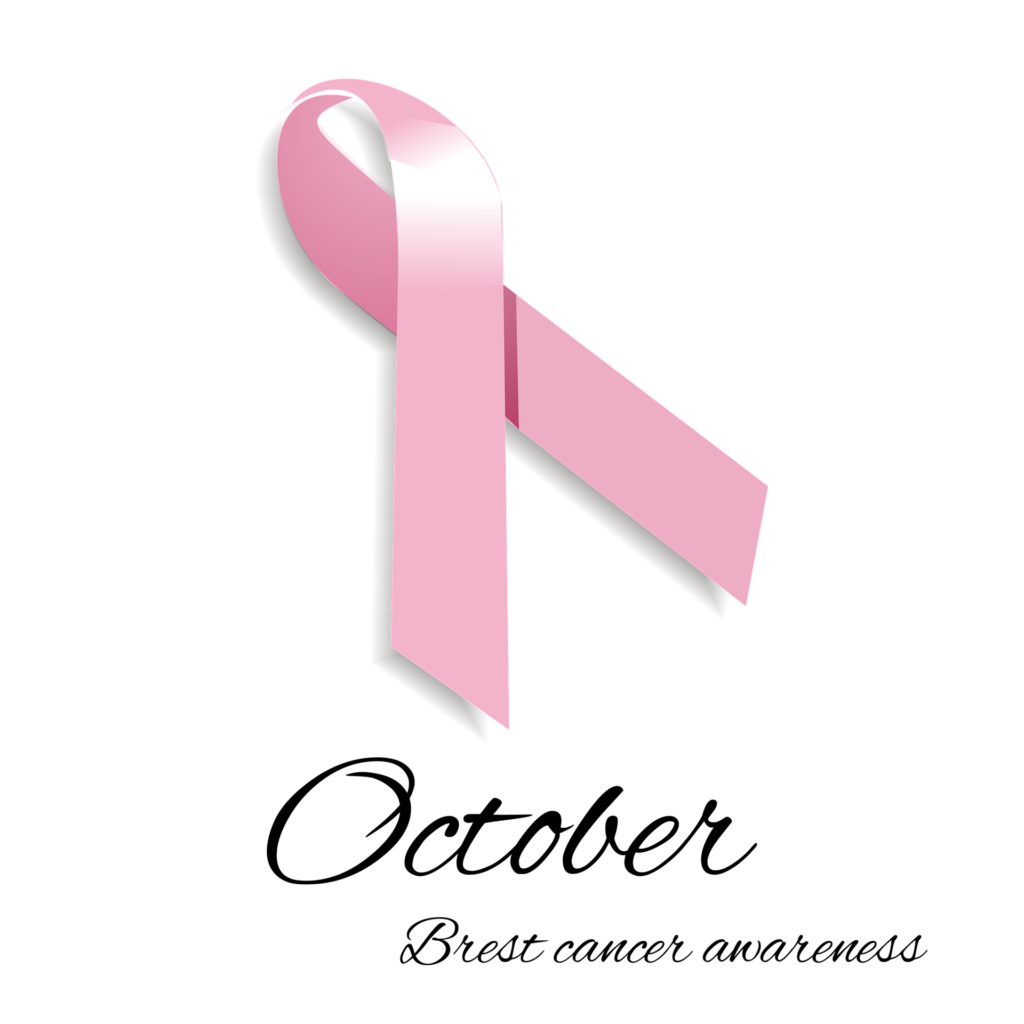Breast cancer is diagnosed using a variety of tests. They may also do tests to see if cancer has progressed beyond the breast and lymph nodes beneath the arm. Metastasis is a term used to describe the spread of cancer cells throughout the body. Doctors may also conduct tests to determine the most effective therapies.
The tests listed below can be used to identify breast cancer or as follow-up testing after a diagnosis.
Breast Exam
Your doctor will check for lumps or other abnormalities in both of your breasts and the lymph nodes in your armpit.
Mammogram
A mammogram is a type of X-ray that is used as a screening test to examine lumps or tumours in the breast. If screening mammography reveals an abnormality, your doctor may recommend a diagnostic mammogram to investigate further.
Ultrasound
Ultrasound is a type of imaging that employs sound waves to create images of structures deep within the body. A new breast lump can be identified using ultrasound to assess whether it is a solid mass or a fluid-filled cyst.
Biopsy
Breast cancer can only be diagnosed accurately by a biopsy. During the biopsy, the tissues from a suspected region of the breast is extracted by using a specialized needle instrument, guided by an X-ray or another imaging test.
Biopsy samples are sent to a lab for examination, where specialists evaluate whether the cells are malignant. A biopsy sample is also evaluated to establish the type of cells involved in breast cancer, the tumors aggressiveness (grade), and whether the cancer cells have hormone receptors or other receptors that could affect your treatment options.
MRI
An MRI machine creates images of the inside tissues of the breast using a magnet and radio waves. You will be given a dye injection before your breast MRI. An MRI does not employ radiation to create images, unlike other forms of imaging procedures.
Depending upon the severity of the condition, doctors use different types of tests and procedures to examine your breast.
Treatment
Your doctor will choose your treatment options for breast cancer based on the type of cancer, its stage and grade, size, and whether the cancer cells are hormone-sensitive. Your doctor will also consider your general health and personal preferences.
The majority of women with breast cancer undergo surgery, and many of them also receive extra treatment afterward, such as chemotherapy, hormone therapy, or radiation. Chemotherapy may also be given before surgery in some cases.
Conclusion
Your doctor will seek to determine the extent (stage) of your breast cancer once it has been detected. The stage of your cancer determines your prognosis and treatment options.
It’s possible that you won’t know the exact stage of your cancer until after you’ve had breast cancer surgery. All these tests and treatments aren’t required for every woman. Your doctor will choose the tests that are right for you based on your unique situation and any new symptoms you’ve noticed.
References
https://pubmed.ncbi.nlm.nih.gov/24716497/
https://pubmed.ncbi.nlm.nih.gov/24283956/




